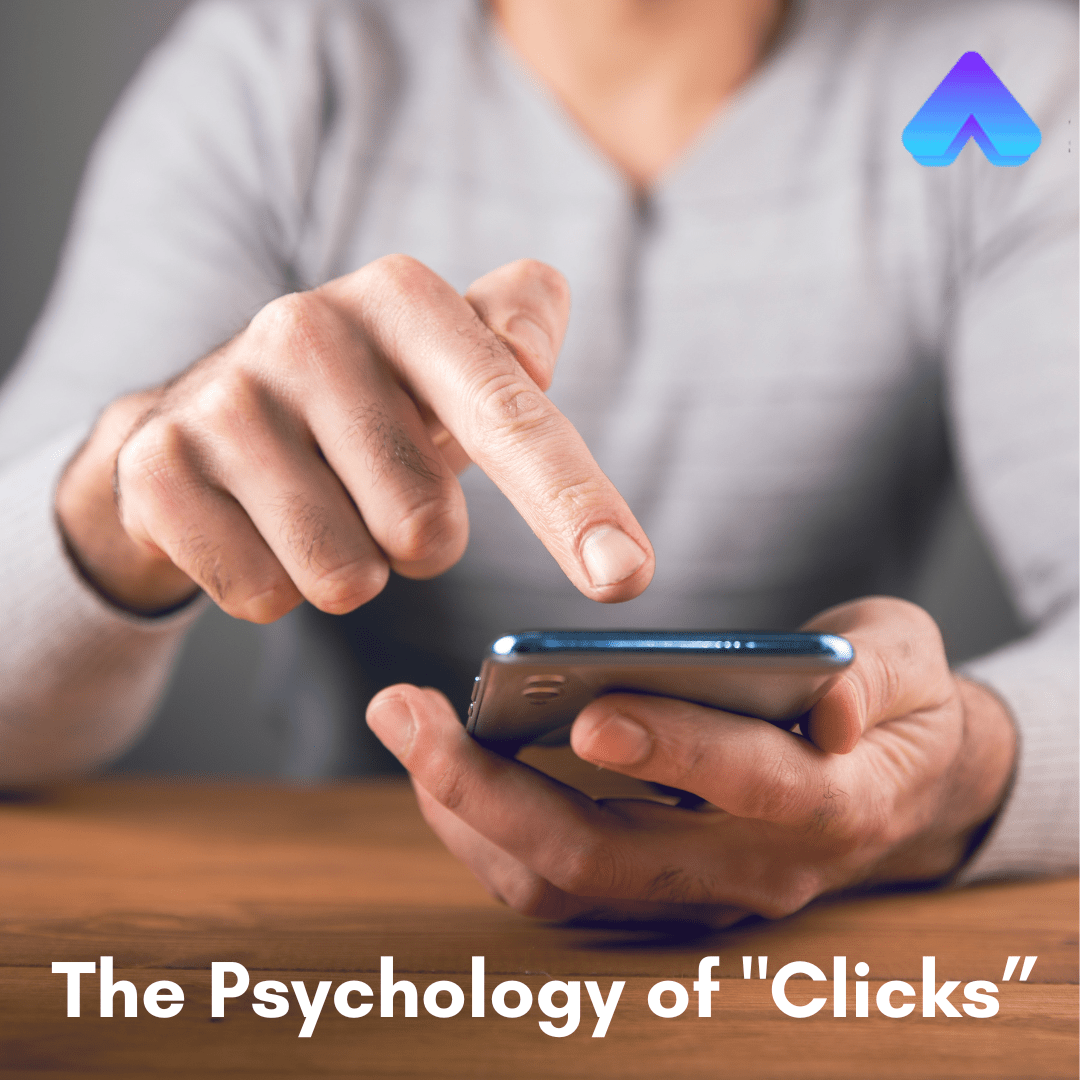



In the bustling realm of the digital age, understanding the psychology behind consumer behavior has become crucial for businesses aiming to captivate and convert their audience. The way consumers make decisions online is influenced by various psychological triggers that can be harnessed to create compelling marketing materials. This blog delves into these psychological triggers and offers practical tips on how to craft marketing content that resonates with your target audience on a deeper level.
Emotions play a pivotal role in influencing consumer behavior. Studies have shown that people rely on emotions rather than information when making brand decisions. This emotional connection can be triggered by various elements, such as visuals, storytelling, and color psychology.
Visual content can evoke strong emotions and leave a lasting impression. High-quality images and videos that align with your brand’s message can significantly enhance emotional engagement. For example, a heartfelt story about a satisfied customer or an inspirational video showcasing the impact of your product can create an emotional bond with your audience.
Storytelling is a powerful tool that can transport your audience into the narrative of your brand. By weaving a compelling story that highlights the benefits and values of your product, you can create an emotional connection that goes beyond mere transactional relationships. Stories that evoke emotions such as happiness, trust, or nostalgia can make your brand more relatable and memorable.
Colors can subconsciously influence emotions and perceptions. Understanding color psychology can help you choose the right colors for your marketing materials. For instance, blue often evokes trust and security, making it a popular choice for financial institutions. Red can stimulate excitement and urgency, which is why it’s frequently used in sales and clearance advertisements.
Social proof is a psychological phenomenon where people mimic the actions of others in an attempt to reflect correct behavior. In the context of online marketing, social proof can be leveraged through testimonials, reviews, and user-generated content.
Positive testimonials and reviews from satisfied customers can significantly influence potential buyers. Showcasing real-life experiences and success stories can build trust and credibility for your brand. Encourage your customers to leave reviews and highlight these testimonials on your website and social media platforms.
User-generated content, such as photos and videos created by your customers, can serve as powerful social proof. Sharing these authentic experiences not only builds trust but also fosters a sense of community around your brand. Run campaigns that encourage customers to share their experiences with your product and feature their content on your platforms.
The scarcity principle suggests that people are more likely to value something that is limited in availability. This psychological trigger can be effectively used in marketing to create a sense of urgency and drive conversions.
Promotions that are available for a limited time can create a sense of urgency, prompting consumers to take immediate action. Highlighting the time-sensitive nature of an offer can push potential buyers to make quicker decisions.
Informing customers that a product is available in limited quantities can also enhance its perceived value. This strategy can be particularly effective in e-commerce, where showcasing low stock levels can encourage faster purchases.
The anchoring effect is a cognitive bias where people rely heavily on the first piece of information they receive (the “anchor”) when making decisions. In marketing, this can be used to influence consumer perception of pricing and value.
Displaying the original price alongside the discounted price can create a perception of value and savings. By anchoring the higher original price, the discounted price appears more attractive, encouraging consumers to make a purchase.
Offering multiple pricing options with varying features can guide consumers towards the option that offers the best perceived value. Presenting a high-end option alongside a mid-range option can make the latter seem more appealing and reasonable.
The principle of reciprocity suggests that people feel obliged to return a favor when something is given to them. This can be applied in marketing to build goodwill and encourage conversions.
Offering free samples or trials of your product can create a sense of obligation in the consumer to reciprocate by making a purchase. This tactic is especially effective for new products or services that consumers may be hesitant to try without firsthand experience.
Providing valuable content, such as informative blog posts, ebooks, or webinars, can establish your brand as an authority in your field. When consumers benefit from your free content, they are more likely to feel a sense of reciprocity and trust, leading to higher engagement and conversions.
Personalized marketing can significantly enhance consumer engagement by making the content more relevant to their needs and preferences. In the digital age, leveraging data to tailor your marketing efforts can lead to better results.
Using data analytics to understand consumer behavior and preferences allows you to offer personalized recommendations. Customized emails, product suggestions, and targeted ads based on past interactions can make your marketing efforts more effective.
Dynamic content that changes based on user behavior or demographics can create a more personalized experience. For instance, displaying different homepage banners for different user segments or tailoring email content based on previous purchases can enhance relevance and engagement.
Understanding the psychological triggers that influence consumer behavior in the digital age is essential for crafting effective marketing materials. By leveraging emotions, social proof, scarcity, anchoring, reciprocity, and personalization, you can create content that resonates deeply with your target audience and drives conversions.
Ready to elevate your marketing strategy and connect with your audience on a deeper level? Contact us today to learn how we can help you craft compelling marketing materials that resonate with your target audience and drive results.